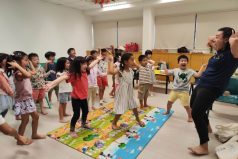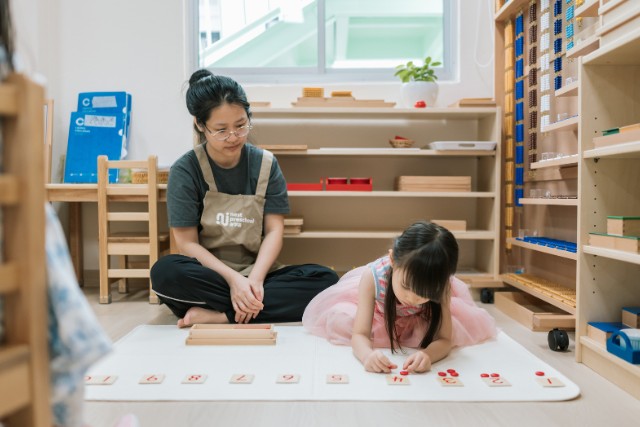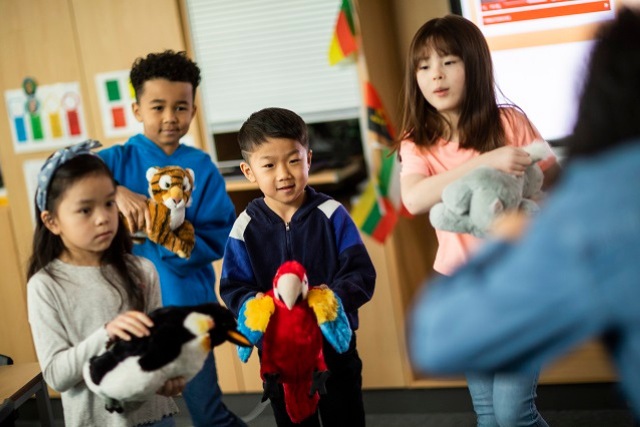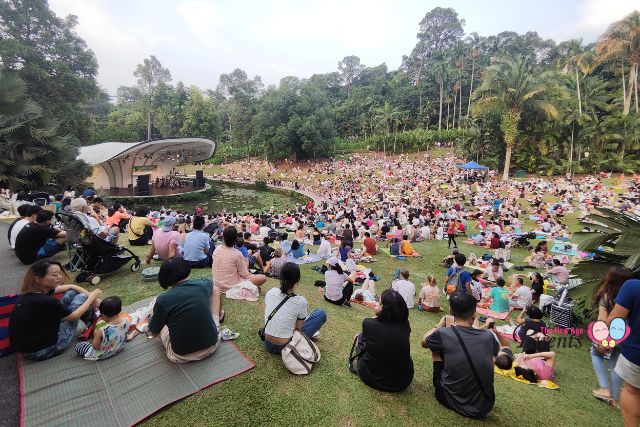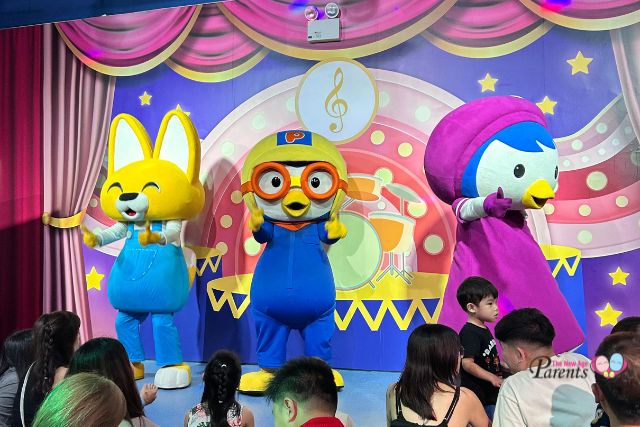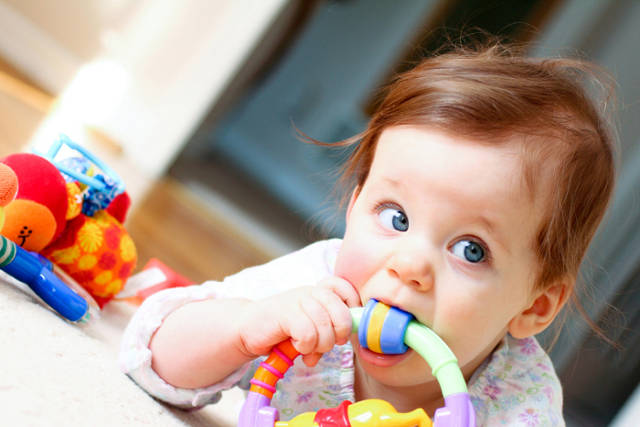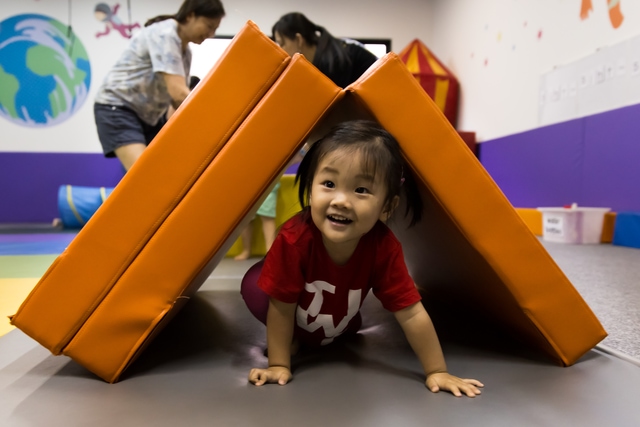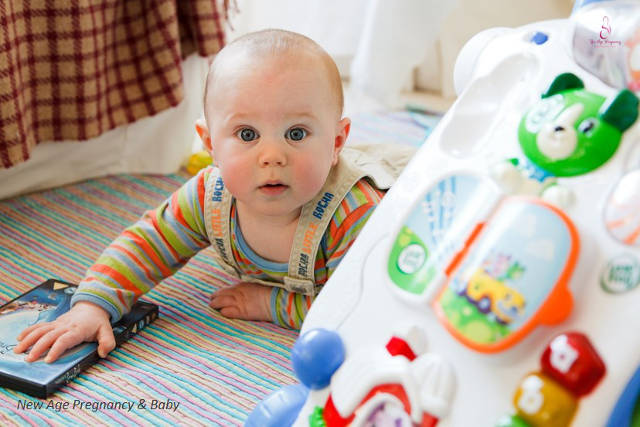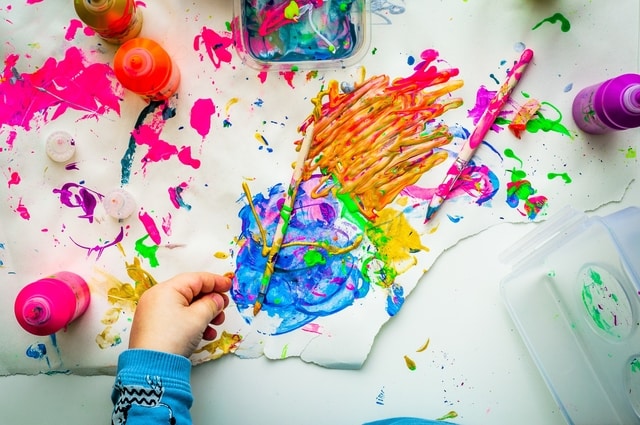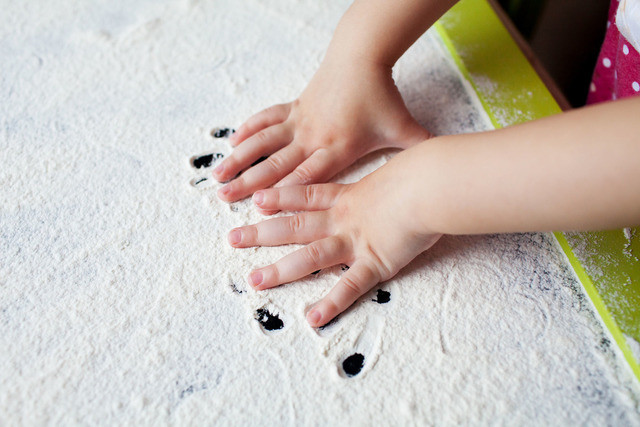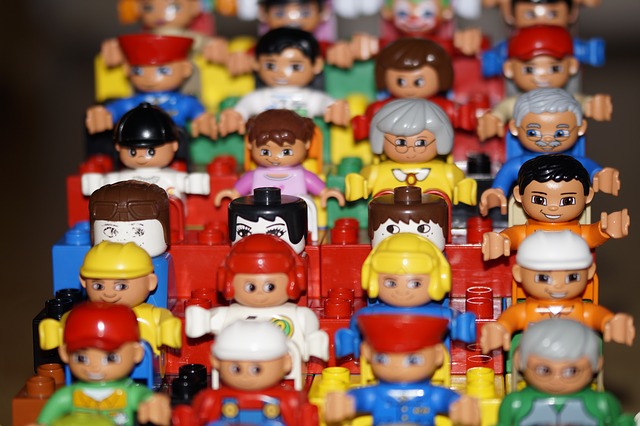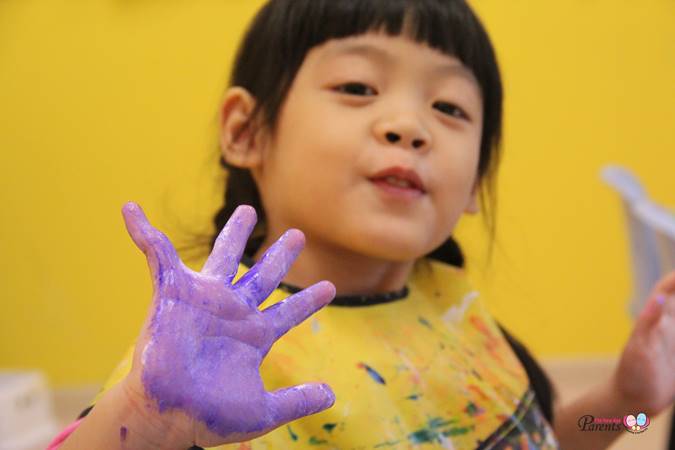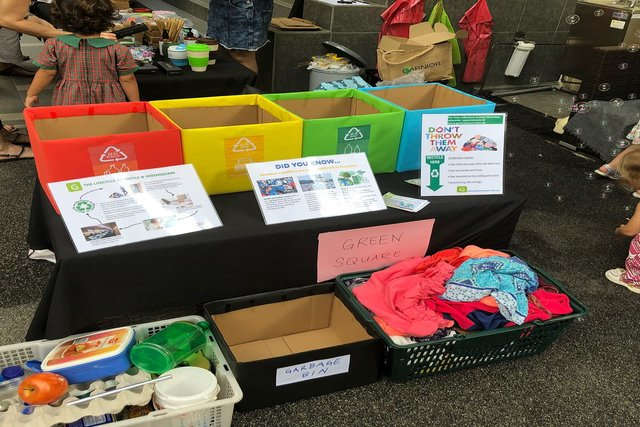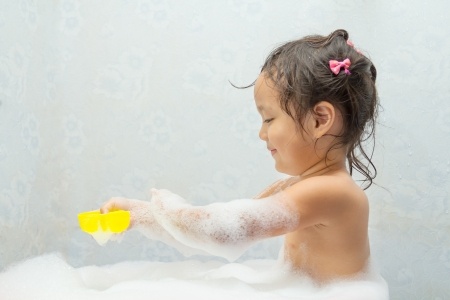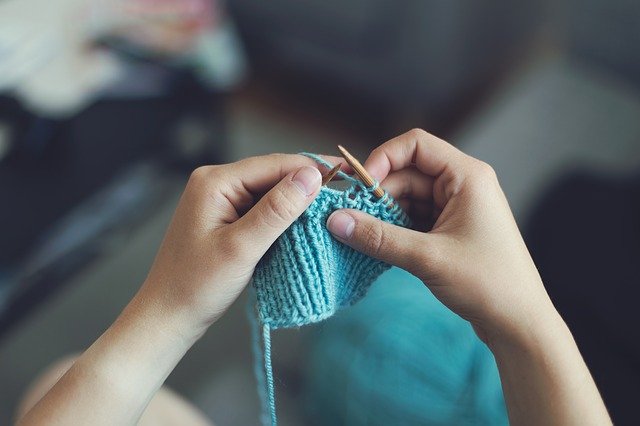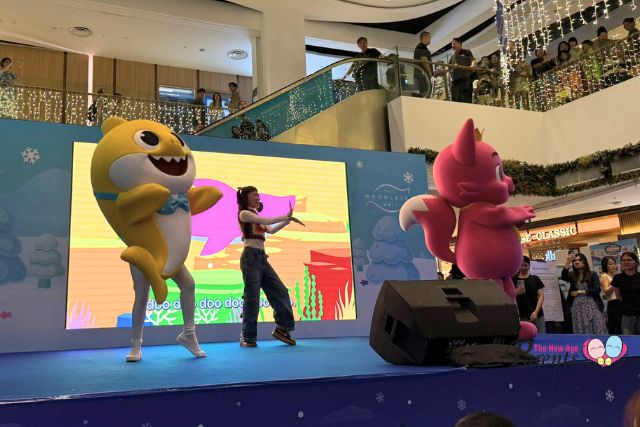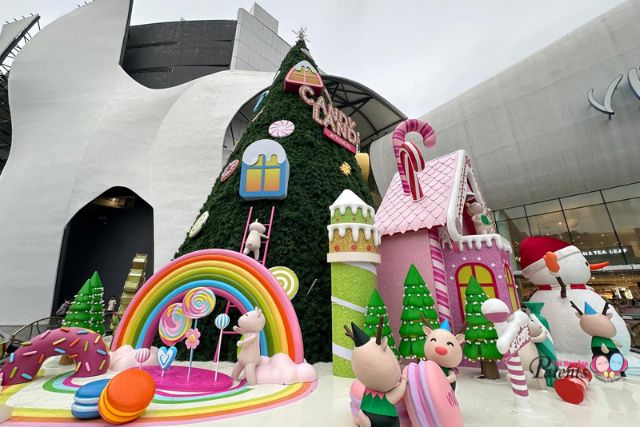So often when we think of toys, we consider them with a somewhat dismissive attitude. We don’t do so intentionally or even consciously, but it is perhaps a result of what society has long ingrained in us – that a toy is just a plaything, a pastime, and not of much value after a certain age.
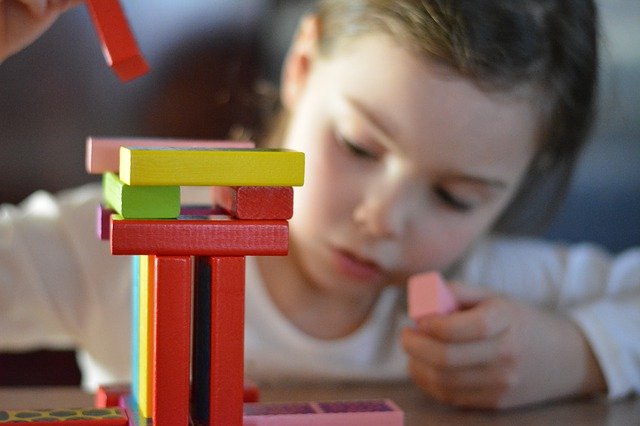
Scientists and educators, however, recognise that toys are much more. Beyond objects of enjoyment and entertainment, toys are powerful instruments to aid learning and development. In fact, theoretical physicist and Nobel Laureate Richard Feynman once attributed play as the source of his creativity.
“How so?”, you may ask. For starters, when children play with toys, they engage in sensorial learning as they explore the model with their hands, sharpening their physical dexterity. Simple toys can facilitate cognitive development through play.
For example, forming picture puzzles requires problem-solving, sustaining a Jenga game needs one to take the risk and a friendly Nerf shoot-out demands teamwork and collaboration.
While playing with building blocks, young learners have to tap into their imagination in order to build different things such as a fortress or a firetruck using the same set of blocks. These are just a few examples of the true gift of toys that we so often undermine.

For over two decades, Science Centre Singapore‘s project team has proudly facilitated the Sony Creative Science Awards, an annual toy-making competition for primary school students.
Each year, I’m continually amazed by the imaginative creations of our participants, aged six to 13. From balancing board games to magnetic electro machines inspired by claw cranes and even educational devices designed to teach other children new skills, it’s remarkable how these young minds come up with STEM-based inventions that even adults may not consider. Their enthusiasm for tinkering with toys and creating something uniquely their own fuels these innovations.
This shows us that critical and creative thinking are not talents limited to a select few. These skills can be nurtured from a young age, and the best place to start this journey is at home.
Encouraging Purposeful Play Within the Home
As parents, we sometimes get caught up with the number of words our child can spell or if they have completed their homework and inevitably create obstacles between them and their playtime. This is not to say that we should encourage a reversed timetable with a disproportionate play to study ratio.
Rather, as with everything in life, the trick is to find a balance and to commit to a more active role in our less preferred activity of the two – playtime. While there isn’t a fixed formula on the ‘right’ way to play or the ‘best’ toys to pick, there are a number of things that we can do to help make those hours meaningful and beneficial for our children.
➡️ Related Read: Choosing The Right Toys
The first step is to create a safe environment where our kids feel comfortable and free to create, and this means having a space free of clutter to open their minds up to new things. There should also be ample resources for them to experiment with, be it crafts or play-pretend outfits.
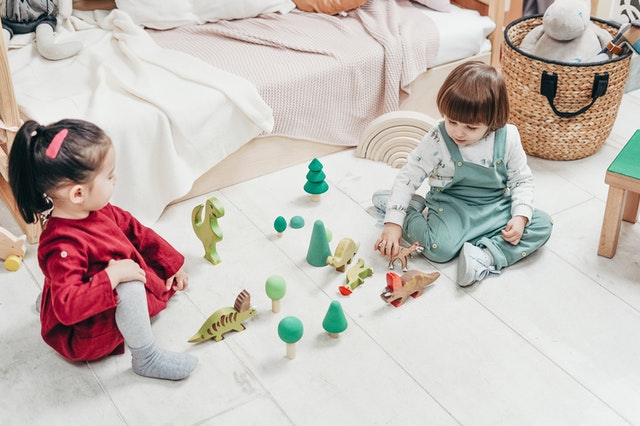 Photo credit: Pexels
Photo credit: Pexels
To this point, we have the responsibility of selecting the means of play for the little ones, and this in itself is an opportunity to help unlock potential and encourage them to push the boundaries of innovation. Open-ended toys like magnetic tiles or rainbow blocks are a good way to go, as they leave plenty of room to pique a child’s imagination.
The next thing is to allow children to choose what they would like to do. When children are asked to choose how to play, they experience a sense of freedom in making that choice. They also begin to see connections between their choice and its consequences.
Allowing them to pick a new toy to explore not only helps develop flexibility in their thinking and decision making, but it also gives them the space to create fluidly. Look also for opportunities to have your child play with others – with siblings at home or classmates on a playdate – so that they get to develop and stretch their social skills.
Finally, and just as importantly, we should also make it a point to offer positive reinforcement through expressing interest in our child’s play. This means playing with them, asking questions and pointing out your observations.
Encourage the child to ask questions and express his or her feelings during playtime as it will aid in their understanding of the world, they live in. It also does wonders with information retention.
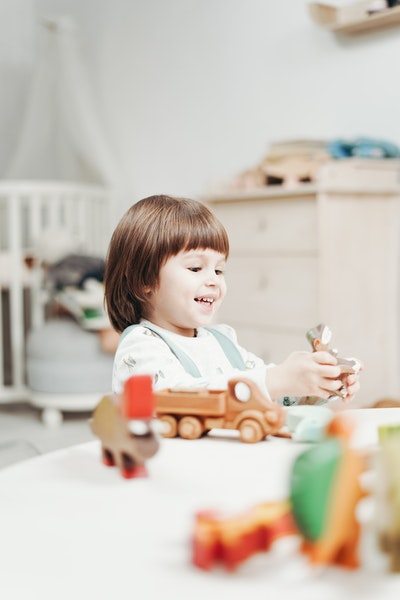
As American author H. Jackson Brown Jr. puts it, “Give children toys that are powered by their imagination, not by batteries“. With this, I hope that rather than asking, “Is my child playing too much?”, our question to ourselves will now be, “Is my child engaged in meaningful play?”
This article is contributed by Associate Professor Lim Tit Meng, Chief Executive of the Science Centre Board. A noted figure in the local science academic field, he concurrently holds the position of Associate Professor at the Department of Biological Sciences, National University of Singapore (NUS).
* * * * *
Stay in touch! Subscribe to our Telegram here for all our latest updates.
Want to be heard and seen by over 100,000 parents in Singapore? We can help! Leave your contact here and we’ll be in touch.












